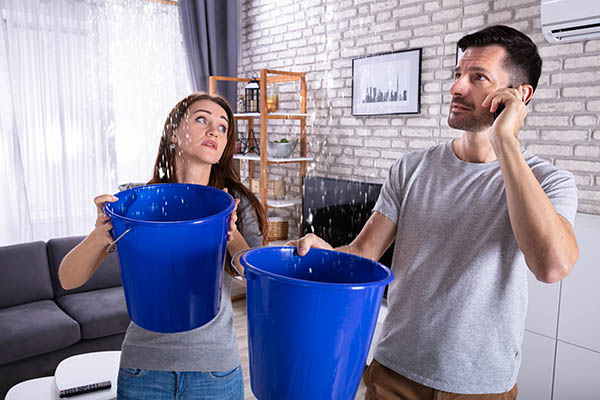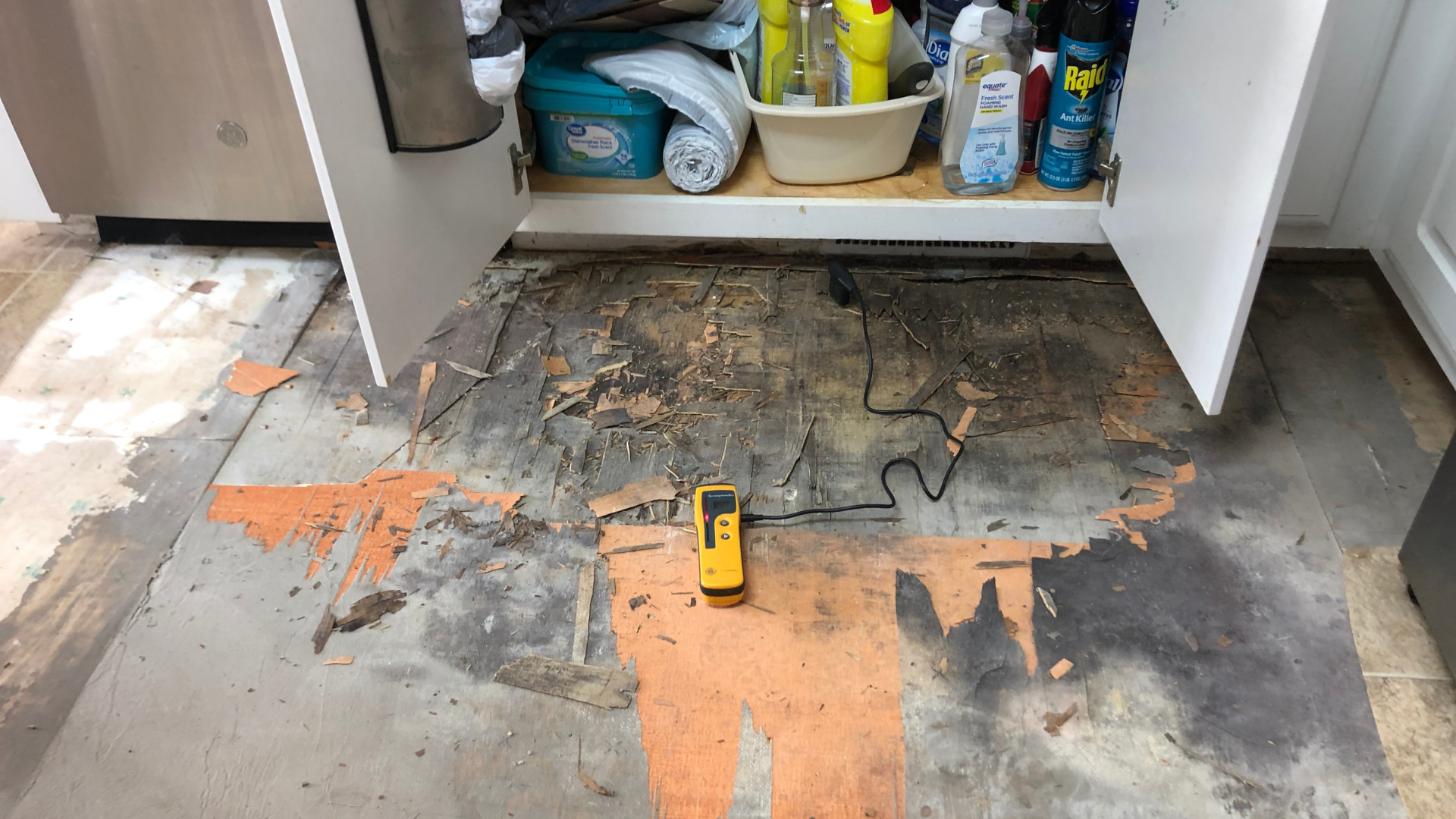A complete walkthrough to Water Damage Restoration processes
Water Damage Restoration 101: Recognizing the Process and Cost
Water damage can strike unexpectedly, leaving house owners in a state of complication. Understanding the restoration process is important for effective recovery. From assessing the damage to choosing the best company, each action influences the total end result and price. Factors such as the type of water damage and urgency likewise play a considerable duty. What are the details strategies made use of in reconstruction, and exactly how can one prepare for possible expenditures?
Sorts Of Water Damage
Water damage can emerge from numerous resources, each providing special difficulties for remediation. The three key kinds of water damage are classified based on contamination levels: clean water, gray water, and black water. Clean water originates from sources like broken pipelines or rainwater, positioning very little health risks. Gray water, that includes wastewater from sinks or cleaning machines, contains impurities that might create pain or ailment if ingested. Black water, the most hazardous group, comes from sewage or floodwaters, including dangerous bacteria and virus. Each kind demands details repair techniques and safety and security procedures to efficiently reduce and resolve the damage health and wellness risks. Comprehending these differences is necessary for house owners and professionals associated with the water damage repair procedure.
Preliminary Analysis and Inspection
A comprehensive first analysis and inspection are important action in the water damage reconstruction process. This phase begins with an expert examining the level of the damage, recognizing the source of the water invasion, and figuring out the sort of water entailed - Flood Cleanup Services. Specialists use specific devices to determine wetness degrees in different products, such as walls, floors, and furniture. Furthermore, they examine architectural stability and prospective carcinogen, consisting of mold and mildew growth. The findings from this evaluation inform the restoration strategy, assisting needed activities and source allowance. Precise paperwork of the damage is vital for insurance coverage claims and future reference. On the whole, this first evaluation prepares for effective restoration, making certain a thorough action to the particular situation handy

Water Removal Methods
Following the first evaluation, effective water removal techniques are employed to alleviate damage and stop additional issues. These strategies entail using specialized tools such as industrial-grade vacuum cleaners and completely submersible pumps. The choice of approach depends upon the quantity of water present and the sort of materials affected. For standing water, completely submersible pumps are commonly utilized for rapid elimination, while vacuums are excellent for drawing out water from carpetings and upholstery. In addition, progressed approaches like water removal floor coverings might be utilized for hard-to-reach locations. The goal is to remove as much water as possible, lessening the capacity for mold and mildew development and structural damage. Motivate and efficient water extraction is vital in the overall water damage reconstruction process.
Drying and Dehumidification Process
As soon as the water extraction is total, the drying out and dehumidification process comes to be essential to recovering the affected area. This stage typically employs industrial-grade dehumidifiers and air moving companies to efficiently decrease dampness levels. The dehumidifiers reel in damp air, getting rid of excess humidity, while air movers distribute air to increase dissipation. Monitoring devices is usually utilized to track humidity and temperature levels, making certain perfect drying problems. The period of this procedure can vary relying on the level of the water damage and environmental elements. It is important to extensively completely dry all influenced products, consisting of wall surfaces, floor covering, and home furnishings, to avoid mold and mildew development and structural damage. Proper execution of this step is vital for a successful repair result.
Cleaning Up and Sterilizing Afflicted Locations

First Evaluation and Inspection
Prior to starting any kind of restoration efforts, an extensive preliminary assessment and evaluation of the affected areas are vital for effective cleansing and disinfecting. This process involves determining the level of water damage, figuring out the resource of the water breach, and assessing the materials impacted. Assessors typically search for signs of mold and mildew development, architectural stability issues, and harmed belongings. The analysis likewise includes checking wetness degrees using specific tools to guarantee no concealed water pockets continue to be, as these can lead to additional difficulties. Documenting the searchings for is vital for intending the following action in the remediation procedure. A comprehensive first analysis enables remediation specialists to design a targeted strategy for effective cleaning and sterilizing, eventually decreasing damage and wellness risks.
Cleaning Up Strategies and Products
Effective cleaning and disinfecting of water-damaged areas need a selection of strategies and items customized to the particular materials affected. For porous surfaces like drywall and carpeting, extraction methods are vital to eliminate excess wetness, complied with by deep cleansing with specialized cleaning agents. Non-porous materials such as tile or metal can be cleaned up making use of commercial-grade cleansers that effectively get rid of contaminants. Steam cleaning is one more reliable strategy, particularly for carpets and upholstery, as it utilizes high temperature levels to remove microorganisms and mold and mildew. Additionally, environment-friendly items are significantly preferred for their safety and security and efficacy. Eventually, selecting the suitable cleaning techniques and products not only guarantees immediate cleanliness but a knockout post additionally aids in preventing more damage and carcinogen associated with water breach.
Sanitization and Disinfection Techniques
When addressing water damage, correct sanitization and disinfection approaches are vital to guarantee the safety and security and health and wellness of the afflicted setting. After first cleansing, surfaces must be treated with ideal anti-bacterials to get rid of pathogens, mold and mildew, and bacteria that prosper in moist conditions. Usual methods consist of using EPA-approved chemical anti-bacterials, which can be used with splashing or wiping strategies. In addition, ultraviolet (UV) light systems can successfully sanitize locations by reducing the effects of microorganisms without harsh chemicals. The selection of technique frequently relies on the kind of materials influenced and the extent of contamination. Inevitably, complete sanitization not only recovers a risk-free living space yet likewise helps stop future wellness threats associated with remaining dampness and mold and mildew development.

Repairs and Restoration Options

Factors Affecting Restoration Costs
The degree of water damage straight affects the restoration costs home owners can expect to sustain. Factors such as the resource of the water, the duration of direct exposure, and the damaged materials substantially influence prices. Clean water damage from a damaged pipe is usually much less costly to recover contrasted to damage caused by sewer (Water Damage Restoration). Additionally, the degree of contamination dictates the need for specialized cleansing and disposal services, better boosting expenses. Geographical place likewise plays a role, as local labor rates and schedule of remediation solutions can vary. The urgency of the feedback affects prices; quicker interventions normally lead to lower general expenses by stopping more damage. Comprehending these variables is important for home owners when estimating repair prices
The three main kinds of water damage are categorized based on contamination levels: tidy water, gray water, and black water. An extensive preliminary assessment and inspection are vital actions in the water damage repair process. For standing water, submersible pumps are typically made use of for quick removal, while vacuums are excellent for removing water from rugs and upholstery. The extent of water damage straight affects the remediation sets you back homeowners can expect to incur. Clean water damage from a damaged pipeline is usually much less pricey to restore compared to damage caused by sewage.